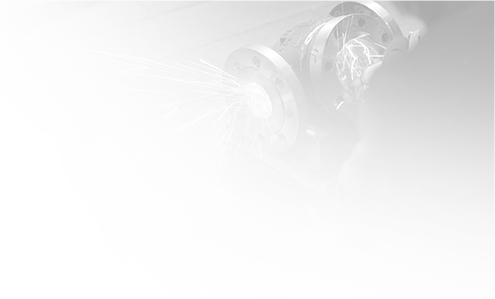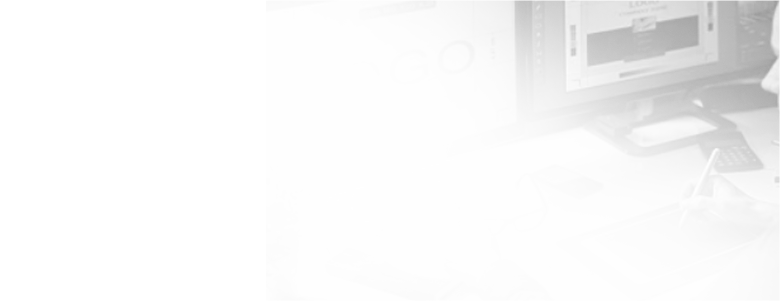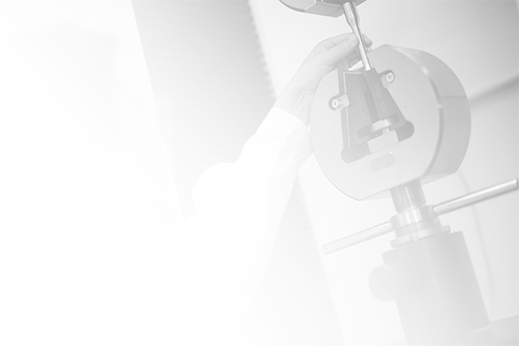
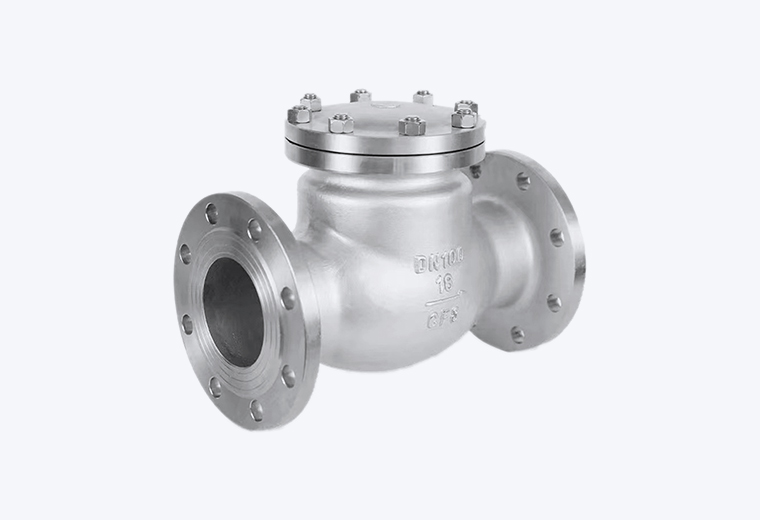
Conceived to maintain a directional consistency in fluid operations, check valves act as bulwarks against unintended reversals. They effortlessly allow liquid progression in one direction, promptly establishing a seal when any backflow is detected. This unique construct is vital to safeguard and prolong the lifespan of machinery, especially within sprawling pipeline systems and pumping hubs.








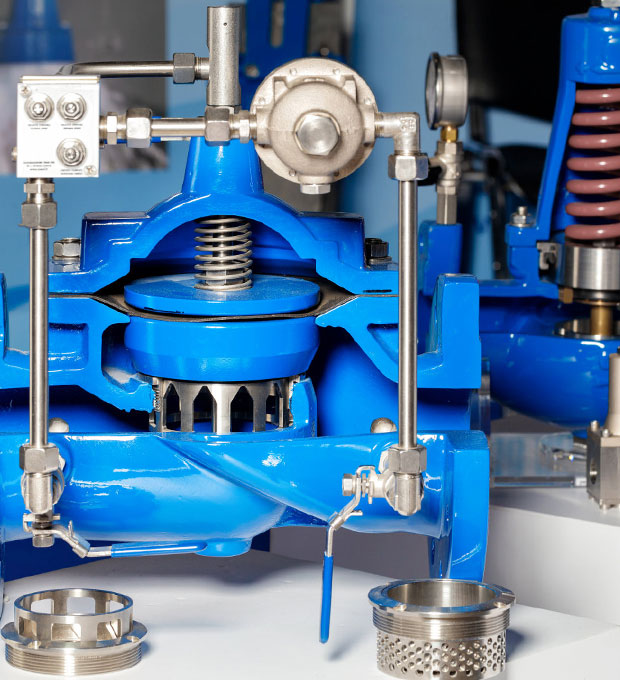
Within the realm of flow control, check valves carve a niche of their own by automatically permitting fluids to flow in a single direction, preventing reverse flow. These valves are distinguished by their swift response and simplicity of design, often lacking a handle or stem.
The valve stem drives the valve disc to move up and down to open and close.
Use fluid movement to drive the opening, with small flow resistance (a few special stop valves are high in and low out)
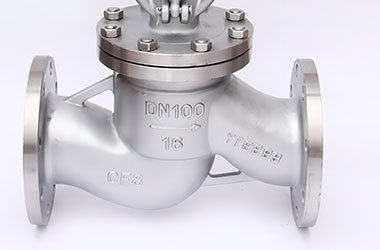
The check valve body houses the internal components and comes in various shapes, including swing, lift, and wafer designs. The body design is chosen based on the application, ensuring optimal flow and minimal pressure drop. It can be constructed to fit within a range of pipeline configurations, from horizontal to vertical orientations, and is designed to withstand the system's pressure and flow demands.
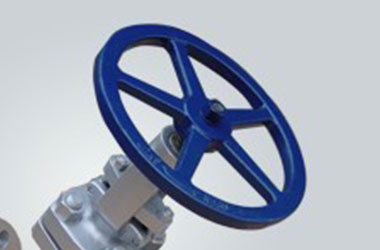
The disc or clapper is the movable part that sits against the seat to block reverse flow. In response to flow pressure, it moves away from the seat to allow forward flow and returns to its position when the flow ceases, preventing backflow. The disc design varies—some are hinged, while others are spring-loaded, each tailored to specific operational requirements for quick closure and minimal flow resistance.
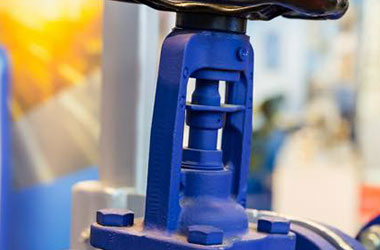
The cover, or bonnet, is the component that closes off the top of the valve body. It can be bolted, threaded, or welded onto the body. The cover must be robust and well-sealed to contain the internal pressure and to allow access for maintenance or repair without compromising the valve's integrity.
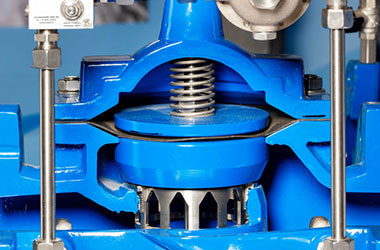
The seat provides a sealing surface for the disc. A precise fit between the disc and the seat is crucial for preventing leakage. The seat material and design are selected based on factors such as fluid type, temperature, and pressure to ensure durability and a reliable seal throughout the valve's life cycle.
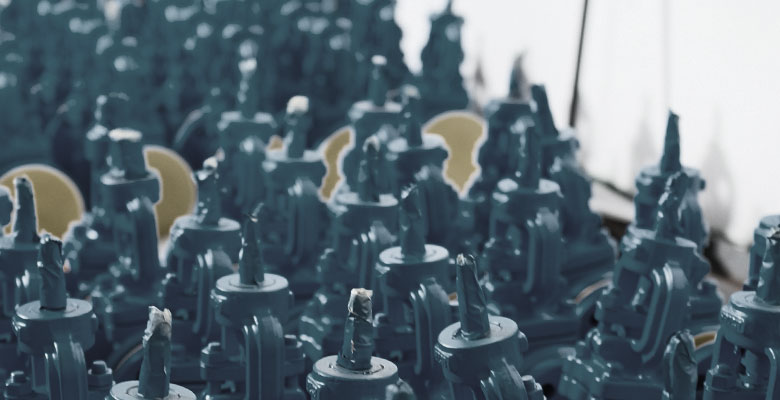
1.Non-Return Function: Prevents backflow and protects the system from reverse flow damage.
2.Automatic Operation: Operates without manual intervention and does not require external power.
3.Simple Design: Fewer moving parts compared to other valve types, which reduces maintenance.
4.Quick Response: Designed to close rapidly to minimize the risk of flow reversal and water hammer.
5.Compact Size: Generally smaller than globe valves, making them ideal for space-constrained applications.
6.Versatile Installation: Can be installed in horizontal or vertical lines with upward flow.
7.Durability: Can handle high-pressure systems due to robust design.
8.Low Maintenance: Less wear and tear during operation due to fewer moving parts.
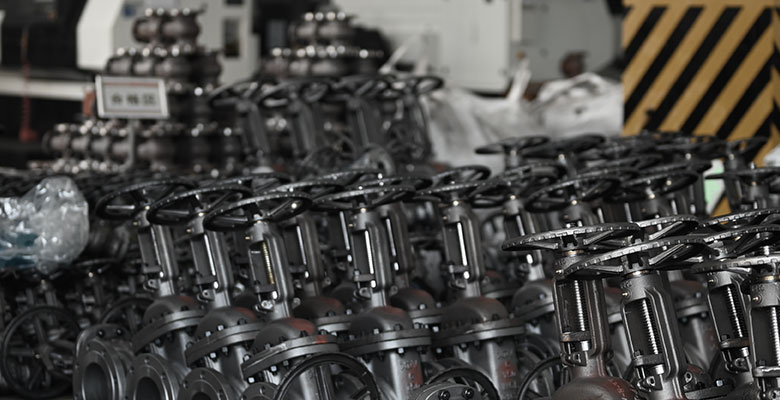
1.Flow Interruption: Can cause a slight drop in pressure due to the valve’s cracking pressure requirement.
2.Potential for Slamming: Quick-closing designs may lead to slamming and consequent water hammer.
3.Limited Throttling Capability: Not suitable for applications requiring flow regulation.
4.Sensitivity to Debris: Can become clogged with particulates, leading to failure to close.
5.Directional Flow: Only allows flow in one direction, limiting flexibility in some systems.
6.Less Feedback: Does not provide position indication since operation is automatic and relies on flow conditions.
7.Sealing Challenges: In some designs, ensuring a tight seal when closed may be challenging, especially as wear sets in.
8.Dependency on Flow Velocity: Requires a minimum flow velocity to operate effectively, which may not be met in low-flow conditions.
Shengao, a renowned provider of check valves, engineers valves tailored to meet precise operational requisites. Within our broad assortment, we present the classic swing check valve for reliable, non-return functionality, guaranteeing longevity. For applications demanding superior chemical resistance or exceptional cleanliness, our lineup includes options made from advanced materials such as alloy and stainless steel. Meanwhile, for high-pressure environments and extreme temperature conditions, our sturdy metal-seated check valves offer unmatched performance.
